Developers influence purchasing decisions, champion new tools within organizations, and build the foundations businesses rely on. That's why effective developer lead generation has become a critical component of any successful tech marketing strategy.
Your company is likely to be targeting two customer personas: the less technical senior leader and the developer who will use your product daily.
Many companies make the mistake of ignoring the developer personas in favor of someone with greater buying power, but this is a mistake for several reasons:
- Developers will talk to other developers about tools they love, becoming your ambassadors and generating leads for you
- Developers who want to use your tools are more likely to continue wanting to use your tool, making it sticky in the organization
- Developers have increasing influence on purchasing decisions, even if they don't hold the budget themselves
But here's the thing—marketing to developers is fundamentally different from traditional B2B marketing. Developers are notoriously self-sufficient, highly skeptical of marketing speak, and quick to dismiss anything that feels like a sales pitch.
They value technical merit, authenticity, and peer validation above all else. In today's era of attention deficit, it's hard to cut through the noise without being overly flashy.
So, how do you effectively attract, engage, and nurture developer leads without triggering their well-tuned marketing alarm bells?
In this post, I'm going to outline 6 best practices that will help you acquire and nurture developer leads and contribute to product-led growth for your business.
1. Getting to know your developer audience
Let's face it—talking to developers is a lot easier when you're one of them. Developers can smell a non-technical sales pitch from a mile away, and nothing makes them close a tab faster than buzzwords without substance.
Think about how developers approach problems: they want efficient solutions with minimal hassle. They're not impressed by vague claims about "enterprise-grade solutions" or "digital transformation."
They'll skip your gated whitepaper, roll their eyes at excessive exclamation marks, and look for concrete details about implementation and performance. They want to test-drive your tool before committing.
So, where do you find these developers? You need to hang out where they already are:
- Social platforms like Stack Overflow, GitHub, dev.to, HackerNews, Hackster, programming subreddits, and language-specific Discord channels are where developers gather to exchange ideas.
- Community events and meetups are perfect for face-to-face connections. Submit a talk proposal to a conference for a free speaking slot or run a workshop at a local meetup. Don't forget to bring some cool swag!
- Tech publications and niche news sites remain important channels where developers discover new tools while staying on top of industry trends.
- Content creators with technical backgrounds have a big influence. Partnering with YouTubers, Twitch streamers, and technical bloggers can put your product in front of developers who trust these creators' judgment.
Remember: the most successful developer marketing teams include people who can actually code. They speak the language, understand the pain points, and build credibility through real expertise.
2. Creating content developers care about
Content is crucial, but only if it's the right kind. Here's what will grab a developer's attention:

Technical blogs and tutorials should tackle real problems. Instead of bragging about your product, show how it solves specific challenges with actual code examples. A developer who successfully implements your solution following your tutorial has already started trusting your brand.
Need content ideas? Ask your support team: What questions keep coming up? Where are developers getting stuck and giving up?
Code samples and SDKs demonstrate immediate value. Make them accessible, well-documented, and ready to use. Help developers skip the boilerplate so they can focus on what matters. GitHub repositories with clear examples, Codesandbox demos, or Replit environments let developers try your solution without a complex setup.
Webinars and workshops work best when they're hands-on. Ditch the slideshows—show live coding where your team builds something useful. Include interactive Q&A to address specific questions in real time.
Try to maintain a regular schedule for webinars. You'd be surprised how many people tune in consistently when they know they're in for a good experience. And don’t forget to livestream to YouTube or upload recordings afterward so people can catch up.
Case studies should highlight technical challenges and solutions, not just business outcomes. Developers want to see how others solved specific problems using your tools. Include architecture diagrams, performance metrics, and implementation details.

And don't forget to share all this great content through the channels we talked about earlier!
3. Building an engaged community
Nothing beats peer recommendations. Building a community around your product creates a sustainable lead generation engine. Yes, community building can be slow, and you might worry your community is too small, but even a handful of engaged members will advocate for you if they truly believe in your product.
Here's how to start building that community:
Online forums and Discord groups allow developers to ask questions, share experiences, and connect with your team. Good moderation is essential—these spaces should be genuinely helpful. When developers see your team solving problems (even ones unrelated to your product), they'll trust your expertise. Many platforms like Discord have built-in ways to reward community members who actively help others.
Hackathons and developer challenges create excitement and hands-on engagement. They also generate valuable user projects showcasing your platform. Offer meaningful prizes and add check-in requirements to ensure quality outputs. Remember, it's as much about bringing your community together in a fun environment as the competition.
Ambassador programs recognize your biggest fans. Many programs pay ambassadors for writing quality content, speaking at events, or running meetups. But make sure they get non-monetary benefits too; arrange meetups, send exclusive swag, or give them beta access to new releases. They love your product and will appreciate whatever special access you can provide, even on a tight budget.

4. Capturing lead without friction
To convert developers into leads, you need their contact information. But developers hate sharing their details, so handle this step poorly, and you'll lose potential leads and damage trust in your brand.
Here are a few tried and tested ways to capture your leads:
Gated vs. ungated content requires careful balance. Always keep basic documentation, getting-started guides, and sample code freely available. More in-depth resources like comprehensive guides or specialized training might be gated, but the value must clearly outweigh the "cost" of sharing contact info. Webinars requiring registration are a great lead-capture method if you don't have high-value written content.
Free trials, sandboxes, and APIs let developers experiment commitment-free. Many developers expect nearly full-featured access for personal use or evaluation before their company approves a purchase. Make this easy by removing credit card requirements for basic access.
Developer newsletters focused on valuable content are a simple way to capture lead information at the top of your funnel. As long as you don't spam, a regular newsletter is perfect for sharing tips and tricks while subtly introducing professional and enterprise solutions.

5. A thoughtful nurturing strategy
Once you've captured a lead, the nurturing begins. Many companies make the mistake of switching to generic marketing emails that feel disconnected from the developer experience. You need to maintain your developer-focused approach throughout the entire funnel.
Balance automated and human engagement. Use automation to handle volume, but always provide an easy path to reach a real person with technical knowledge. Your developer relations team should be ready to step in when automated systems like chatbots can't answer technical questions.
Automated email sequences should add value, not sales pressure. Think of your technical nurture sequence as a step-by-step guide to using your product. Each message should deliver something useful—a code snippet, a performance tip, or access to a new resource. For products requiring ongoing interaction, trigger your nurture sequence based on user actions or inaction, making content timely and relevant.
Personalized follow-ups based on engagement show you're paying attention. If a developer downloaded your Python SDK but struggled with a specific feature (evident from their documentation searches), reach out with targeted help for that exact challenge.
6. Measuring what matters
Developer relations activities can be tricky to measure, but if your goal is increasing developer leads, you need to define success before you start.
Developer lead generation requires different metrics than traditional marketing. While conversions matter, the journey is typically longer and more nuanced.

Quantitative metrics to track across the developer journey include:
- Website traffic and content engagement (time on documentation, tutorial completion rates)
- Sign-ups and conversion rates (free tier to paid, trial to purchase)
- Community growth and interactions (forum activity, GitHub stars, contribution quality)
- Product adoption and retention (API calls, active users, feature usage)
Qualitative feedback should be systematically gathered. Use in-product surveys, community polls, and direct outreach to understand what's working.
Most importantly, show developers how their feedback translates into actual improvements—they're the ones you're building for, after all.
From leads to advocates
Effective developer lead generation is built on trust, technical value, and community. Unlike traditional marketing, developer marketing plays the long game, building relationships that lead to sustained growth and advocacy.
By focusing on authentic engagement, reducing friction, and consistently delivering value, your most satisfied developers become your most powerful lead generation channel through word-of-mouth.
Remember, developers aren't just leads—they're potential partners in your ecosystem. Be consistent in solving their problems and speaking their language, and you'll not only generate leads but build a loyal community that drives sustainable growth for your developer platform.





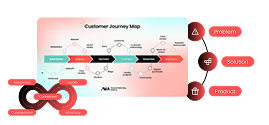


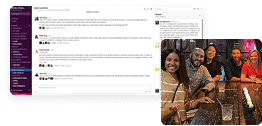




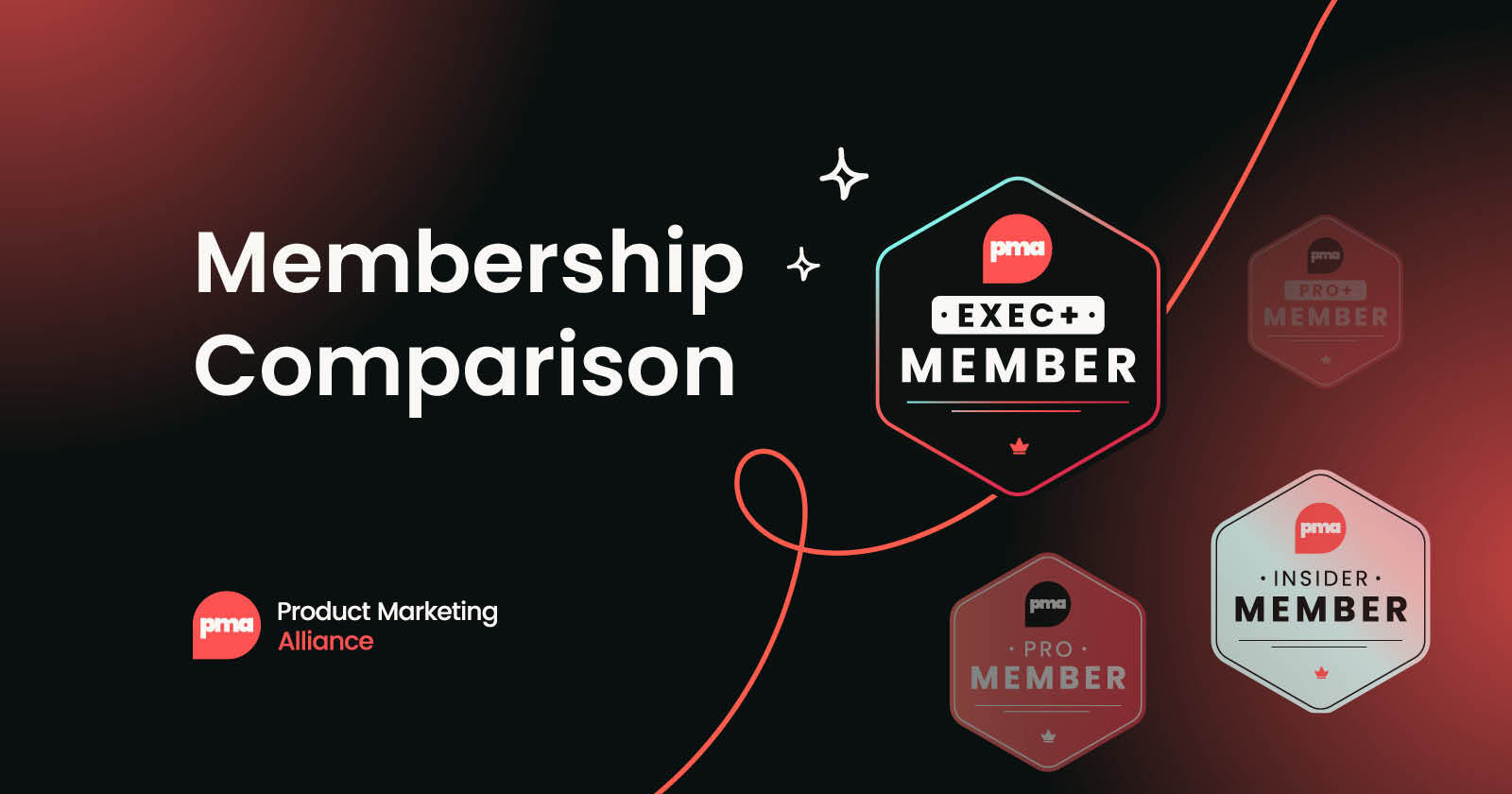
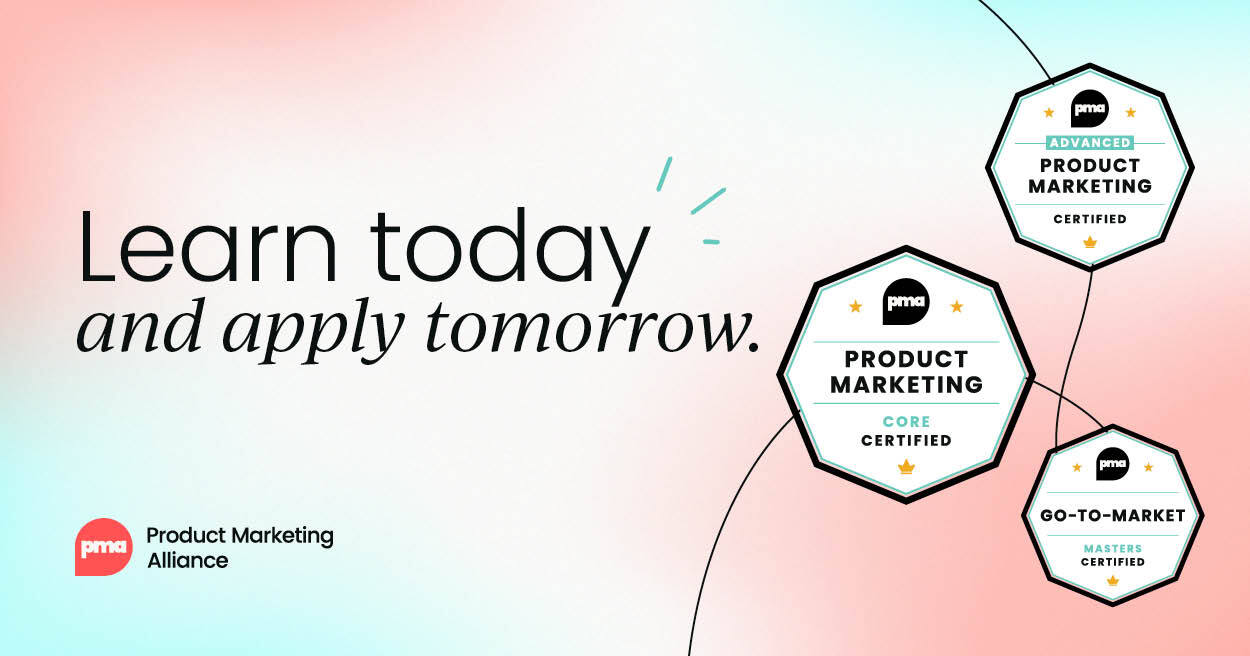

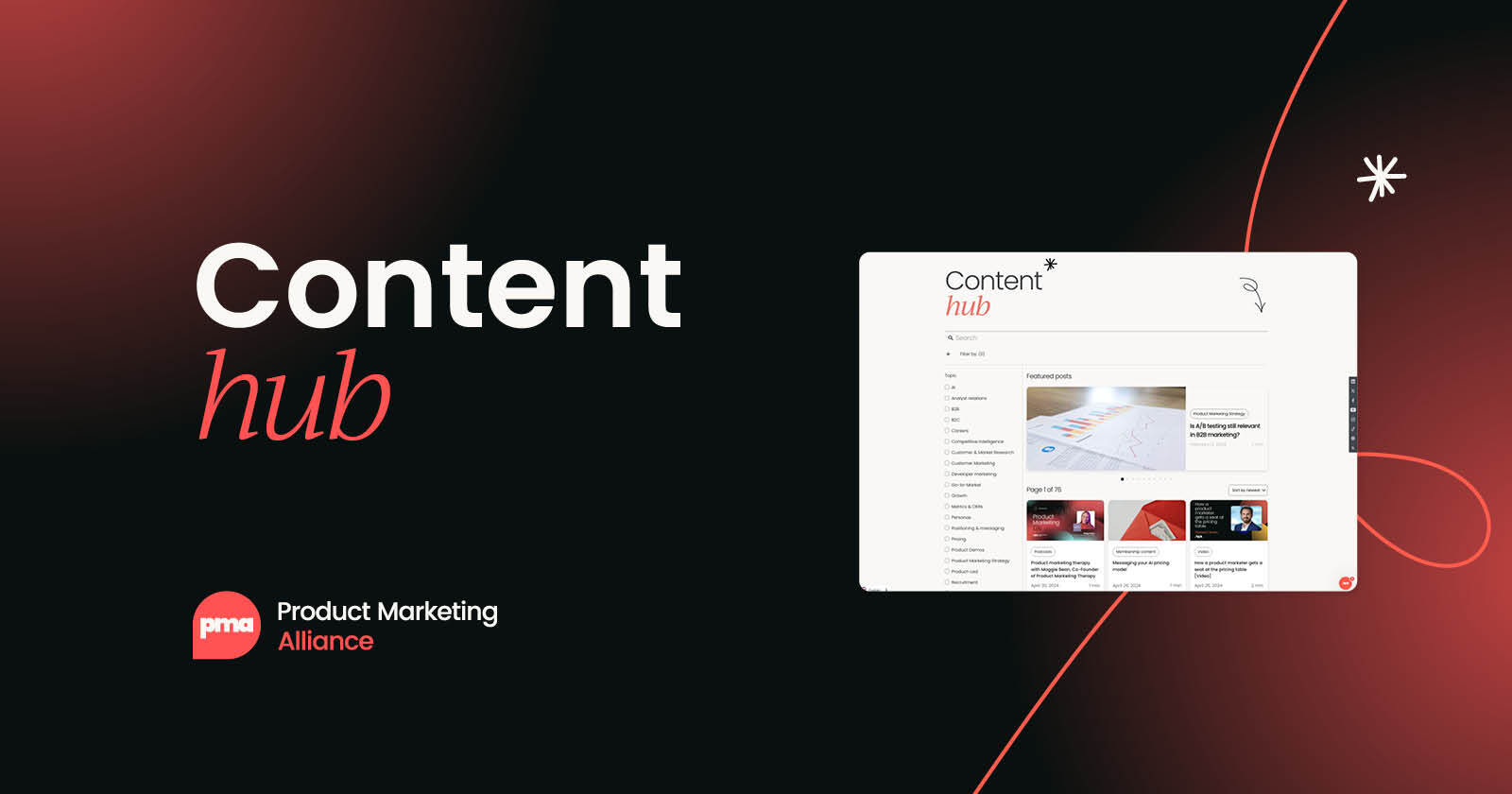

 Follow us on LinkedIn
Follow us on LinkedIn








.svg?v=85af970283)